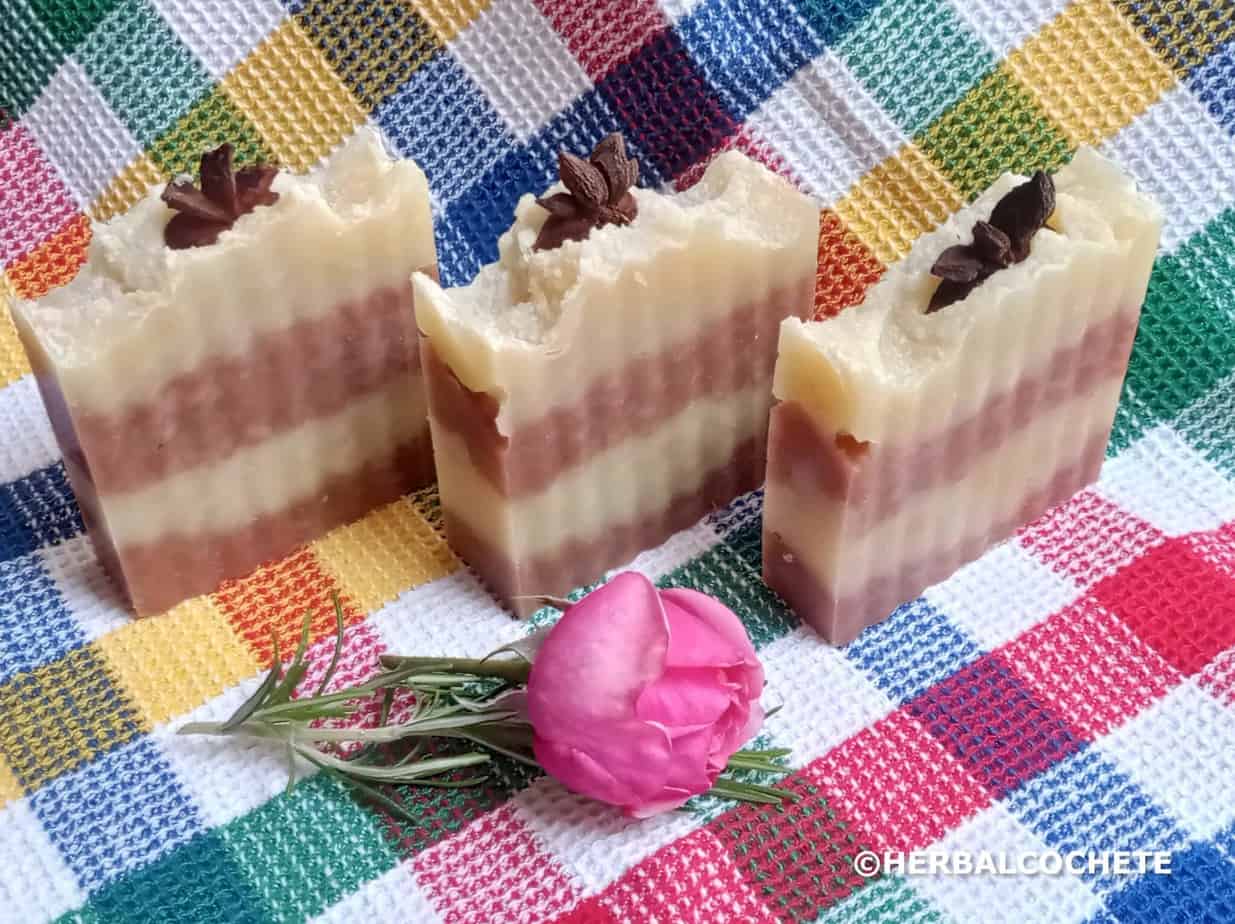Servings: 11 soap bars
Cost: $10 - $30 / 8 - 25€
Equipment
Ingredients
Lye Water
- 300 g distilled water
- 128 g lye (100% sodium hydroxide)
- 2 tsp sodium lactate fine salt
Oils
- 400 g extra virgin olive oil
- 300 g refined or organic coconut oil
- 100 g sunflower oil
- 50 g castor oil
- 50 g refined or organic shea butter
After Trace
- 10 drops grapefruit seed extract (GSE) (anti-oxidant)
- 2 tsp red clay red iron oxide mica
- 22 ml essential oils blend
Essential Oils Blend
- 1 tbsp essential oil rose geranium
- 3 tsp essential oil patchouli
Decoration
Instructions
Get Ready!
- Wear goggles and gloves! Look at “Safety Precautions” in the video above or in Soap Making Safety Precautions
- Watch the video above about "Cold Process Soap Making Tutorial" or read the post Learn To Make Cold Process Soap for instructions on cold process soap making before starting. These are generic but important steps for all recipes.

- Assemble everything: ingredients, equipment, safety equipment. Prepare your workstations. Measure all the ingredients. Don’t start the recipe without having everything ready!
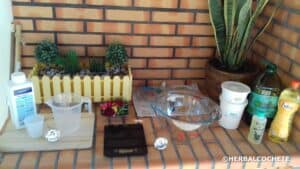
Heat the Oils
- Heat the oils until the solid oils are completely melted (it is not necessary to heat all the time). Up to around 60ºC.
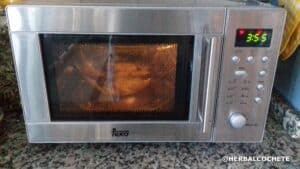
Make The Lye Water
- Make the lye solution according to How To Make Lye Water. If you're using salt, add it to the water and mix. Add the lye and mix well until the vapors start to dissipate. Strain the lye water to avoid any lye crystals in your soap.

- If you're using sodium lactate, add it when the lye water is at 50ºC - 122ºF or below
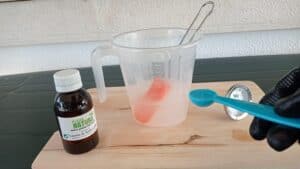
Make The Soap Batter
- Use as a target temperature 40ºC - 38ºC (104ºF - 100ºF) for the oil-solution mixture. If necessary, you can reheat the oils, but not the lye solution.
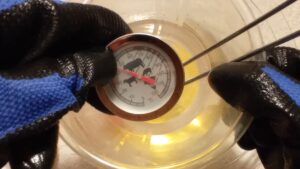
- Pour the lye water into the oils carefully
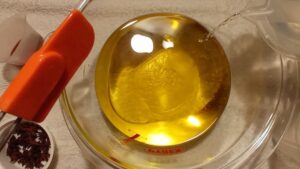
- Reach light trace with the immersion blender.
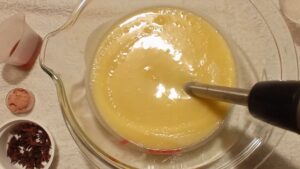
Add After Trace Ingredients
- Add after trace ingredients: essential oils blend and grapefruit extract. Mix well the batter only with a spoon / spatula.
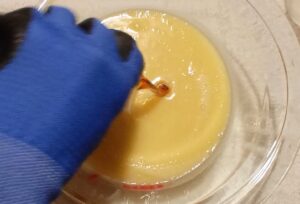
Make The Layers and Mold The Soap
- Pour half the soap batter into one pitcher and half of the batter to another pitcher.
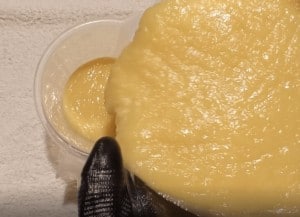
- Pour the red clay into one of the pitchers and mix well with a spoon or spatula, until the soap is homogeneous. Mix also the white soap batter. By now the soap batter should be like medium/heavy trace.

- Using a loaf soap mold, pour first a layer of the red soap batter covering the soap mold bottom completely.

- Pour a layer of soap, then another layer of red soap, and proceed like that until you finish all your soap batter.
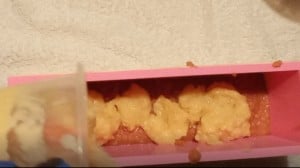
Decorating The Soap
- Make some effects on the top of the dough with a spoon, spatula or fork (see video). Sprinkle the top of your soap with alcohol or witch hazel. Add some star anis or calendula petals to the top.
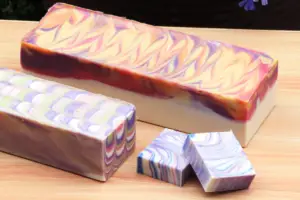
- Now you need to insulate the loaf mold, so that the soap gels uniformly. You can cover it all around with a blanket or a thick towel. You can also use your oven: pre-heat the oven with 40ºC. Turn it off then place the loaf mold inside.

Unmolding and Curing
- After 48 hours, unmold the soap and cut it into bars. See How To Cure Soap, in the chapter "Unmoulding And Cutting Soap" for more detail on how to cut soap.

- Let the bars cure for 4 to 6 weeks. See How To Cure Soap.
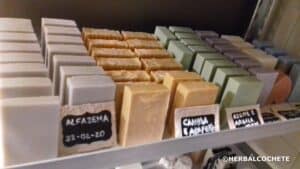
Video
Tried this recipe?Send a pic to @herbalcochete!
